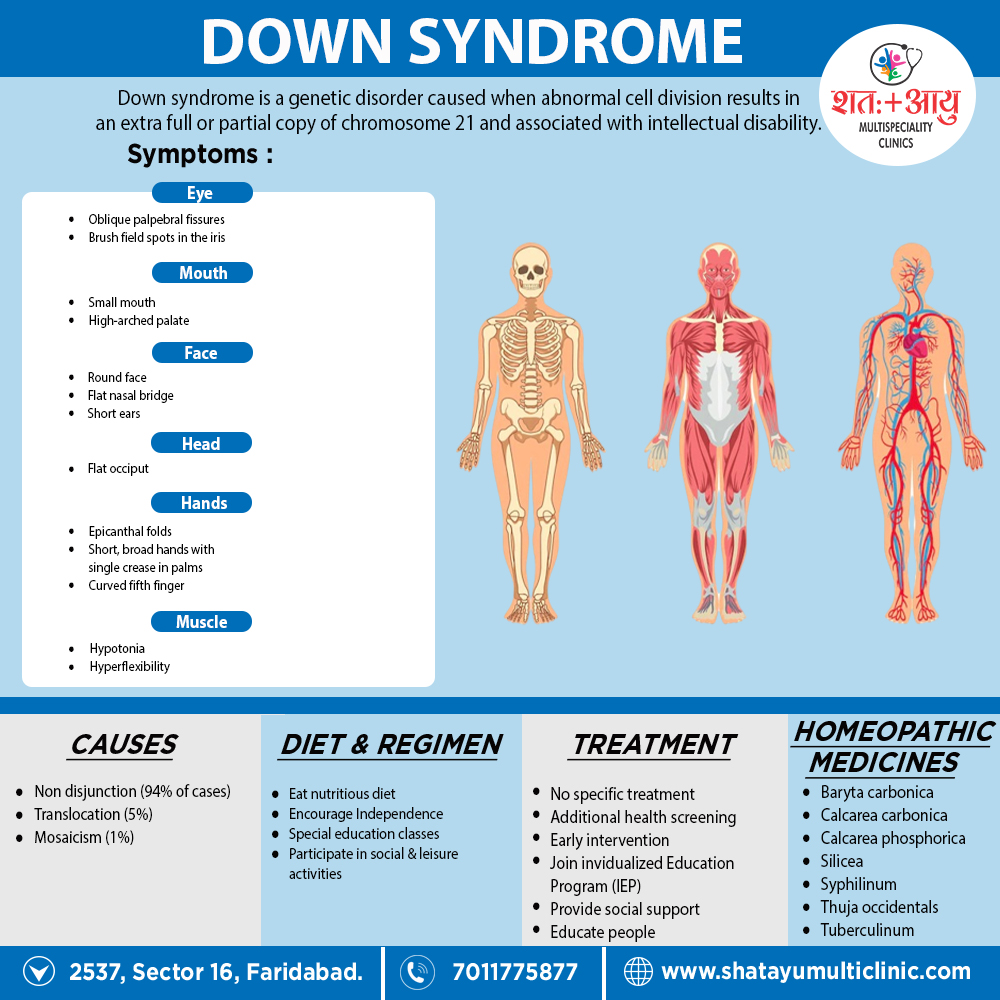Learning disability i.e.:
In Down’s syndrome the degree of LD varies considerably from person to person; usually the IQ is between 20 also 50, but in 15 per cent it is greater than 50.
Many people are able to self-care (with prompting) by adolescence, and the majority to live with their families.
Temperament i.e.:
The temperament of children with Down’s syndrome is usually affectionate also easy going, and many show an interest in music.
Moreover, Most have some obsessional characteristics and behaviours, and may be very stubborn about their daily routine, but these are usually subclinical problems.
Behaviour problems i.e.:
They are less frequent than in most other forms of LD; additionally, nevertheless about a quarter of children with Down’s syndrome are chaotic and difficult to engage.
They relish attention and do very well with behavioural therapy approaches.
Ageing i.e.:
In the past, many people with Down’s syndrome died in infancy, but with improved medical care about half now live beyond the age of 50.
Besides this, Signs of ageing appear prematurely and Alzheimer-like neuropathological changes are found in the brain of most of those dying at the age of 40 years or more.
However, for unknown reasons, survivors do not show signs of dementia until later, with a mean age of onset of about 50 years.
Co-morbidities i.e.:
In brief, The most common psychiatric co-morbidities are ADHD, depression, OCD, and schizophrenia. [1]

